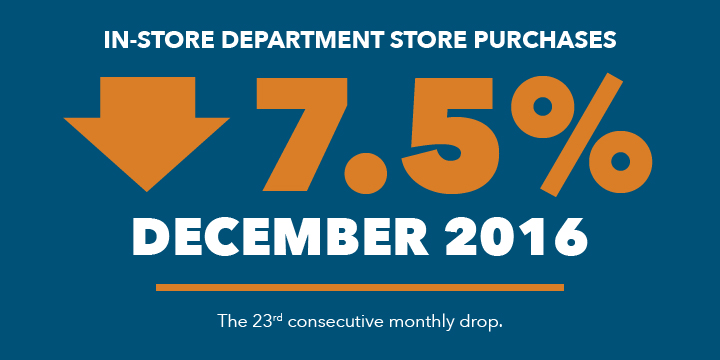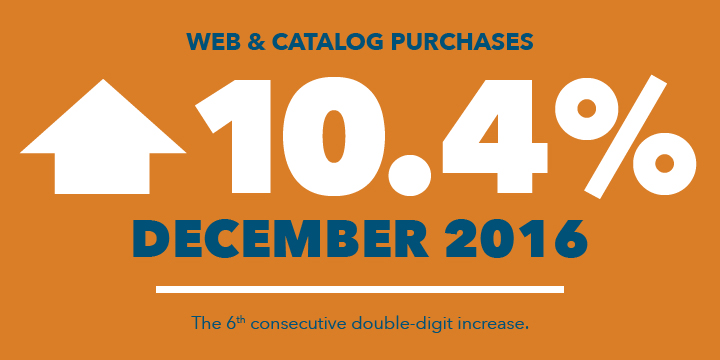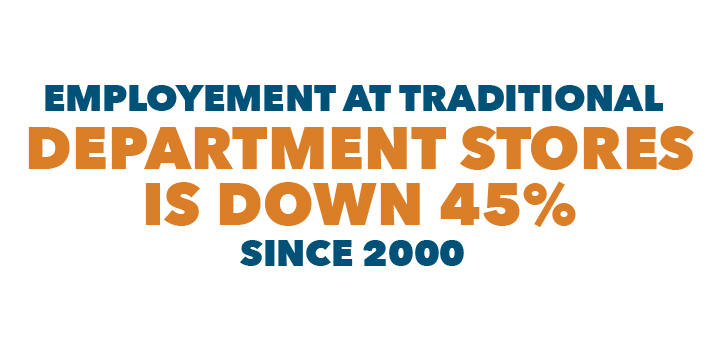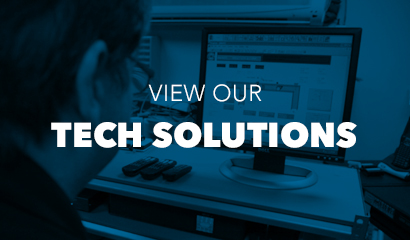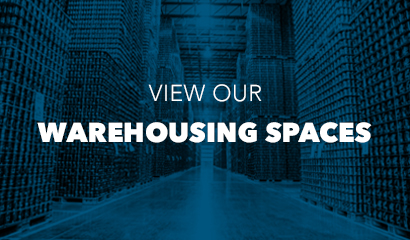CLICK. IT’S HERE.
Adapting supply-chain management systems to a new retail culture.
Welcome to the stay-at-home world. Where consumer convenience means never leaving the den. Drastic changes are shaking up the retail chain and in virtually every other sector.
Of course Amazon is the catalyst. Its $3.7 billion purchase of Whole Foods is only the latest – but not the last – to accommodate the seismic shift in consumers’ shopping and purchasing expectations. The acquisition pairs Amazon’s powerful distribution engine with the premium grocer’s 460-store network. Both the degree, and the rate of change will continue to accelerate.
A revolution in its early innings; the ramifications will continue to disrupt every point in the supply chain for the foreseeable future. The burning questions are how will manufacturers, distributors, retailers, and the warehousing and distribution industry change, and can they adapt quickly enough?
Early adopters of new supply chain technology will win the day.
High-speed data is the lifeblood of the twenty-first century supply chain. Real-time updates and end-to-end visibility are no longer the exception, but the rule. Companies that invest in new ways to put packaged goods in the hands of consumers quicker, with fewest connections, at the least cost will be the big winners.
Advancements such as automated handling equipment, robotic warehousing and other storage and retrieval automation, enable lean workflow, improved safety and reliability. These systems maximize efficiency in both space and movement, while delivering higher levels of accuracy. Driverless trucks will soon provide end-to-end visibility, greater efficiency, and improved safety.
Every company linked to the supply chain is challenged with locating the right systems and software as technology continues to evolve. It’s a matter of finding a supplier with an in-depth understanding of today’s warehousing, transportation and re-packaging needs, and the flexibility to adapt as they rapidly shift.
“Our customers need reliable warehousing, repackaging and transportation updated with new data management systems now. They can’t afford to wait for logistics to catch up with demand.”
— Brent Blackmon, Director of Business Development, United Warehouse Company
Warehousing and transportation companies cannot afford to wait and see what happens next. They must respond before their customers request a service they don’t offer. United has made this a priority by developing in-house expertise to adopt, adapt and operate our customers’ ERP systems. United keeps them informed up to the minute in critical inventory, sales, distribution and decision-support information.
United New-Tech Investments Include:
Improved customer visibility via the web portal
For real-time information about inventory, expected receipts, order status, shipment tracking, on-demand custom reports, and more.
Technology-enabled lift trucks
For improved warehouse safety, higher storage density (which lowers our customers’ storage and handling costs) and monitoring equipment performance and labor efficiency in real-time.
New transportation systems
To keep us ahead in environmental compliance, load security and reliability, fuel efficiency, driver safety and liability, our fleet has achieved SmartWay™ certification and continues to seek opportunities for advancement.
Electronic logging devices (ELDs)
ELDs electronically monitor and report driving habits and notable driving incidents, for improved accountability and safety, and better vehicle maintenance analysis.
United is committed to investing in new technology to keep our customers ahead of change. It’s our job to turn liabilities into competitive advantages. It’s not just about keeping our customers happy by meeting their warehousing and transportation needs. It’s about keeping their customer happy; the one at home with the smartphone in their hand who just clicked “order now.”


